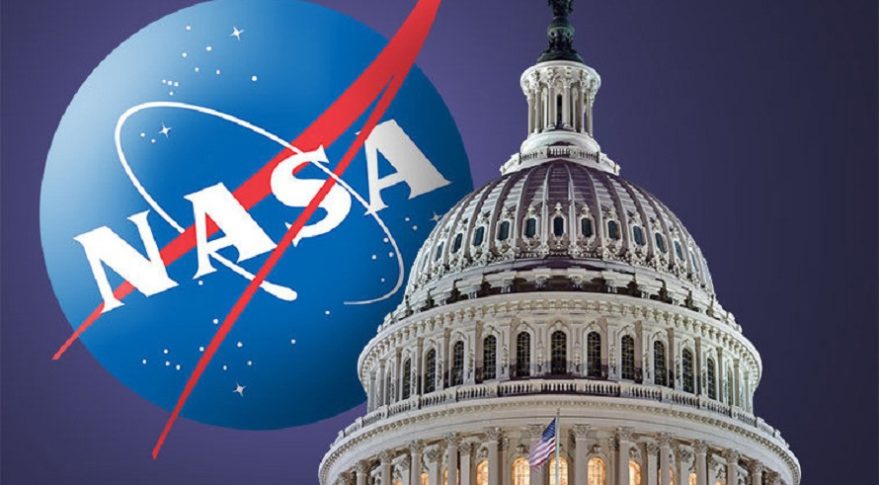
House bill trims NASA budget proposal (Image Credit: Space News)

WASHINGTON — A draft House spending bill would provide NASA with a smaller spending increase than requested for fiscal year 2023, with cuts spread among exploration, science and technology programs.
The House Appropriations Committee released its commerce, justice and science (CJS) spending bill late June 21, a day before its CJS subcommittee will mark up the bill. The full appropriations committee will take up the bill June 28.
The draft bill includes $25.446 billion for NASA for fiscal year 2023. That is $1.4 billion, or 5.8%, more than what NASA received in fiscal year 2022, but $527 million less than what the agency requested in its budget proposal in March.
The bill reduces funding increases across most major NASA budget accounts, including aeronautics, exploration, science, space operations and space technology. NASA, for example, sought nearly $8 billion for science, but the House bill offers $7.9 billion.
The bill includes few details about funding for specific programs, details that are usually included in a separate report that will be released later in the appropriations process. In space technology, the bill provides $1.25 billion for space technology, compared to the request of nearly $1.44 billion. The bill, though, specifies $227 million be spent on a satellite servicing mission called OSAM-1 (formerly Restore-L) and $110 million for nuclear thermal propulsion. NASA sought $227 million for OSAM-1 but only $15 million for nuclear propulsion.
The House bill provides $7.32 billion for deep space exploration systems, about $155 million below the administration’s request. However, the bill specified funding for the Space Launch System, Orion and Exploration Ground Systems at or slightly above the request. That means the cut would be absorbed by other exploration programs, such as the lunar Gateway and Human Landing System.
The lack of details in the bill means it is silent on some of the budget proposal’s more controversial provisions. That includes NASA’s proposal to cut funding for the Near Earth Object (NEO) Surveyor mission, a space telescope to search for potentially hazardous asteroids. NASA sought only $40 million for the mission in 2023, compared to $170 million previously projected for the mission in 2023. The agency said the cut, which would delay the mission’s planned 2026 launch by at least two years, was needed to accommodate cost growth in other programs.
In a June 16 letter, the leaders of two advocacy groups, the National Space Society and The Planetary Society, asked House and Senate appropriators to reject the cut and fully fund NEO Surveyor. It cited an endorsement of the mission in the recent planetary science decadal survey, published after release of the budget proposal, and the value of in-space detection of asteroids.
At a June 21 meeting of the Planetary Science Advisory Committee, Lori Glaze, director of NASA’s planetary science division, acknowledged the budget proposal is “not great” for NEO Surveyor. “We recognize that it is a really hard cut for NEO Surveyor,” she said. “We have not lessened our interest in completing NEO Surveyor. We definitely want to continue the mission.”








